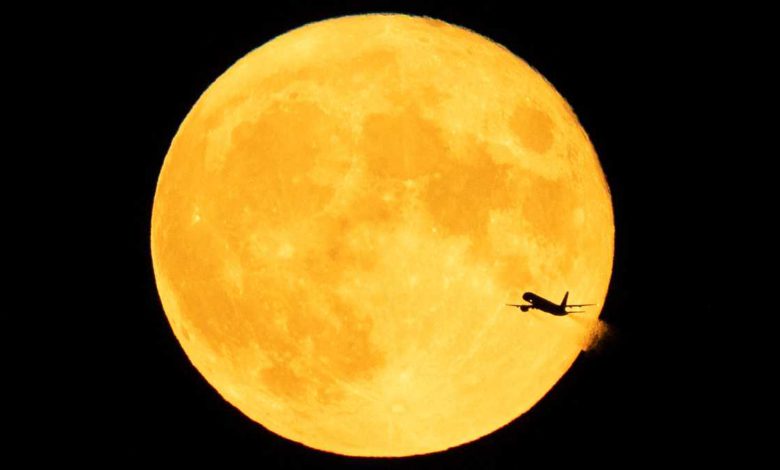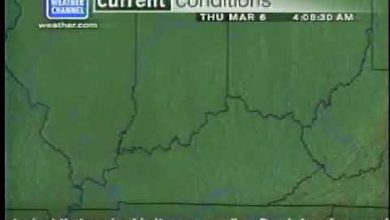

mm humanity has been looking to establish a base on the moon for a while, both as a place of greater research and as a stopping off point for people and supplies for a future MARS mission. But now a new study suggests that the moon could be its own resource rich with compounds rare here on earth, researchers are specifically looking at helium three, a component that could be integral when it comes to clean nuclear fusion power. And some experts are saying the moon might have a lot of it. The study suggests that contrary to previous research, the moon likely only had a magnetic field for an incredibly short period magnetic field like Earth's create a barrier between the cosmic body and all of the radioactive solar winds emanating from the sun, meaning no magnetic field, no protection and likely more solar wind reaching the surface. But while previous moon samples have shown signs of magnetism, this new research found that not all did with the researchers concluding that even if the moon did have a magnetic field, at some point, it didn't have a long lasting dynamo. This could have caused vast areas of helium three to remain on the moon, right for the mining once mankind sets up a lunar colony.
Video above: The moon could be hiding vast deposits of future Earth fuelThis weekend is your next chance to catch the rare full blue moon before it again becomes "just a memory" until 2024.A blue moon is the third full moon in a season containing four full moons, rather than the usual three, according to Sky & Telescope magazine. The sky phenomenon has been a cultural muse for music, art and language — such as hit songs "When My Blue Moon Turns to Gold Again" and "Blue Moon," recorded by multiple artists including Elvis Presley, and the saying "once in a blue moon," which describes a rare event.NASA has reported the first recorded use of "blue moon" occurring in 1528, while Sky & Telescope has traced the term's origin back to the Maine Farmers' Almanac published in the 1930s."Introducing the 'Blue' Moon meant that the traditional full Moon names, such as the Wolf Moon and Harvest Moon, stayed in (sync) with their season," said Diana Hannikainen, Sky & Telescope's observing editor, in a news release. This was before late amateur astronomer and Sky & Telescope contributor Hugh Pruett incorrectly understood the definition in 1946, and ultimately helped circulate the popular definition of blue moon: the second full moon within a month, the last of which occurred on Halloween 2020, according to Sky & Telescope.People in the Americas will be able to see a nearly full moon Saturday night, before the true blue moon reaches its highest point in the sky early Sunday morning at 1:04 a.m. Eastern time, according to NASA. The moon will reach peak illumination at 8:02 a.m. Eastern time Sunday and appear close to full after dusk that day.The full blue moon, which happens about once every 2.7 years on average, won't actually appear blue, though — that only happens even more rarely, when "volcanic eruptions or forest fires send lots of smoke and fine dust into the atmosphere," according to Sky & Telescope.This moon has had many different names. The Maine Farmers' Almanac first published Native Americans' terms for the full moons in the 1930s, according to NASA — including the Algonquin tribes' "Sturgeon Moon," named after large fish that were more easily caught in the Great Lakes and other bodies of water during this time, and the "Green Corn Moon."The name of the August full moon differs across cultures, however. The Anishnaabe people refer to it as the "berry moon," while the Cherokee people call it the "drying up moon." For the Comanche people, August's full moon is the "summer moon." The Creek people know it as the "big harvest" moon. And the Hopi people call it the "moon of joyful."See all of the Native American names for this full moon on the Western Washington University Planetarium website.
Video above: The moon could be hiding vast deposits of future Earth fuel
This weekend is your next chance to catch the rare full blue moon before it again becomes "just a memory" until 2024.
A blue moon is the third full moon in a season containing four full moons, rather than the usual three, according to Sky & Telescope magazine. The sky phenomenon has been a cultural muse for music, art and language — such as hit songs "When My Blue Moon Turns to Gold Again" and "Blue Moon," recorded by multiple artists including Elvis Presley, and the saying "once in a blue moon," which describes a rare event.
NASA has reported the first recorded use of "blue moon" occurring in 1528, while Sky & Telescope has traced the term's origin back to the Maine Farmers' Almanac published in the 1930s.
"Introducing the 'Blue' Moon meant that the traditional full Moon names, such as the Wolf Moon and Harvest Moon, stayed in (sync) with their season," said Diana Hannikainen, Sky & Telescope's observing editor, in a news release. This was before late amateur astronomer and Sky & Telescope contributor Hugh Pruett incorrectly understood the definition in 1946, and ultimately helped circulate the popular definition of blue moon: the second full moon within a month, the last of which occurred on Halloween 2020, according to Sky & Telescope.
People in the Americas will be able to see a nearly full moon Saturday night, before the true blue moon reaches its highest point in the sky early Sunday morning at 1:04 a.m. Eastern time, according to NASA. The moon will reach peak illumination at 8:02 a.m. Eastern time Sunday and appear close to full after dusk that day.
The full blue moon, which happens about once every 2.7 years on average, won't actually appear blue, though — that only happens even more rarely, when "volcanic eruptions or forest fires send lots of smoke and fine dust into the atmosphere," according to Sky & Telescope.
This moon has had many different names. The Maine Farmers' Almanac first published Native Americans' terms for the full moons in the 1930s, according to NASA — including the Algonquin tribes' "Sturgeon Moon," named after large fish that were more easily caught in the Great Lakes and other bodies of water during this time, and the "Green Corn Moon."
The name of the August full moon differs across cultures, however. The Anishnaabe people refer to it as the "berry moon," while the Cherokee people call it the "drying up moon." For the Comanche people, August's full moon is the "summer moon." The Creek people know it as the "big harvest" moon. And the Hopi people call it the "moon of joyful."
See all of the Native American names for this full moon on the Western Washington University Planetarium website.
Source link









